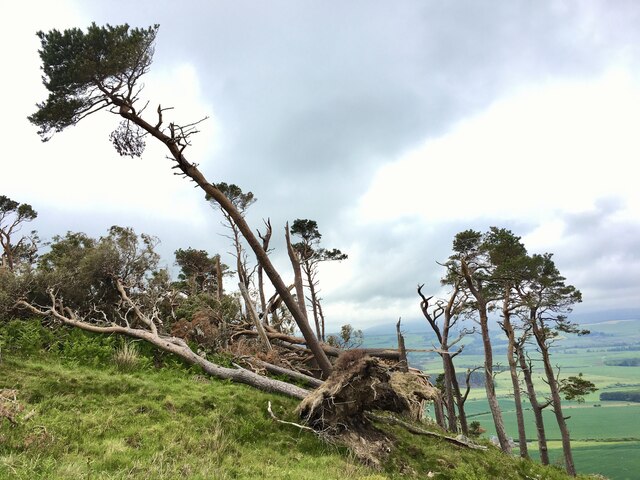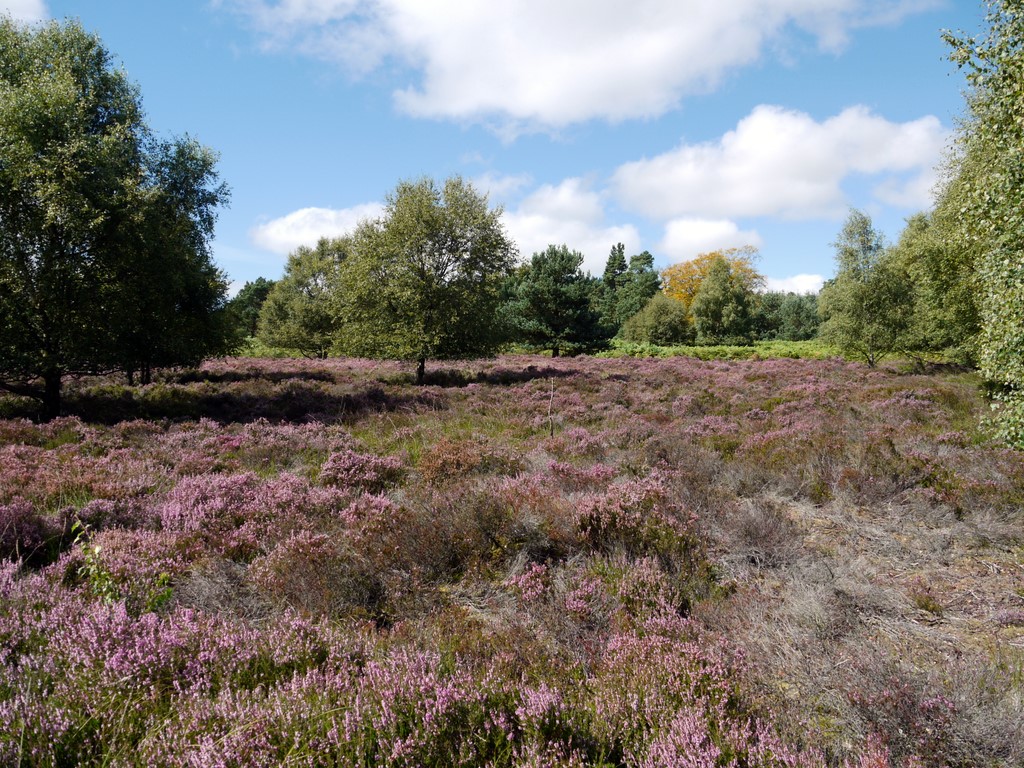Bewick Moor
Downs, Moorland in Northumberland
England
Bewick Moor

Bewick Moor is a picturesque landscape located in the county of Northumberland, England. It is situated in the northern part of the county, northwest of Newcastle upon Tyne. Covering an area of approximately 3,000 acres, Bewick Moor is known for its stunning natural beauty and diverse ecosystem.
The moorland is characterized by rolling hills, open grasslands, and scattered patches of heather. It is a popular destination for nature lovers, hikers, and birdwatchers due to its rich biodiversity. The area is home to a wide variety of bird species, including curlews, lapwings, red grouse, and skylarks. In fact, Bewick Moor is recognized as an important site for breeding birds and is protected as a Special Protection Area.
Apart from its avian population, Bewick Moor also supports a diverse range of flora and fauna. The heather-covered hills provide a habitat for various plant species, including bilberry, crowberry, and cotton grass. Additionally, the moorland is home to mammals such as brown hares, mountain hares, and roe deer.
The tranquil and untouched nature of Bewick Moor offers visitors a chance to immerse themselves in the beauty of the Northumberland countryside. The undulating terrain provides breathtaking panoramic views, particularly from the higher points of the moor. Walking trails and footpaths crisscross the area, allowing visitors to explore its natural wonders while enjoying the peace and solitude it offers.
Overall, Bewick Moor is a haven for wildlife, a paradise for bird enthusiasts, and a place of serene beauty that showcases the unspoiled charm of Northumberland's countryside.
If you have any feedback on the listing, please let us know in the comments section below.
Bewick Moor Images
Images are sourced within 2km of 55.491427/-1.858296 or Grid Reference NU0921. Thanks to Geograph Open Source API. All images are credited.





Bewick Moor is located at Grid Ref: NU0921 (Lat: 55.491427, Lng: -1.858296)
Unitary Authority: Northumberland
Police Authority: Northumbria
What 3 Words
///balloons.efficient.victor. Near Ellingham, Northumberland
Nearby Locations
Related Wikis
Bewick and Beanley Moors
Bewick and Beanley Moors is the name given to a Site of Special Scientific Interest (SSSI) in north Northumberland, in the north-east of England. The moors...
Cateran Hole
Cateran Hole is a circa 35m length cave set in the Gritstone of Cateran Hill in Northumberland. It lies about 4 miles due north of Eglingham, and can be...
Old Bewick
Old Bewick is a rural village and former civil parish, now in the parish of Bewick, in the county of Northumberland, England, notable for its Bronze Age...
Bewick, Northumberland
Bewick () is a civil parish in the county of Northumberland, England. In 2001 it had a population of 69, increasing to 138 (after the inclusion of Chillingham...
Nearby Amenities
Located within 500m of 55.491427,-1.858296Have you been to Bewick Moor?
Leave your review of Bewick Moor below (or comments, questions and feedback).














